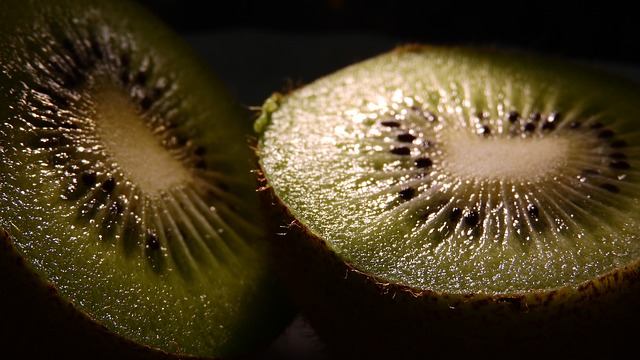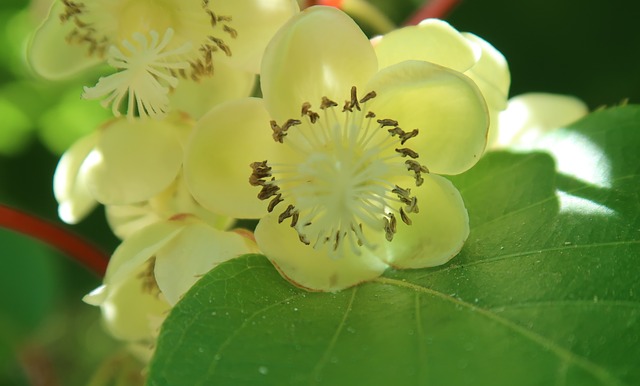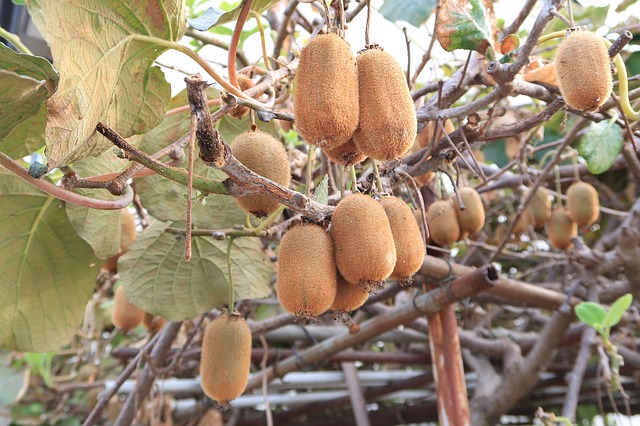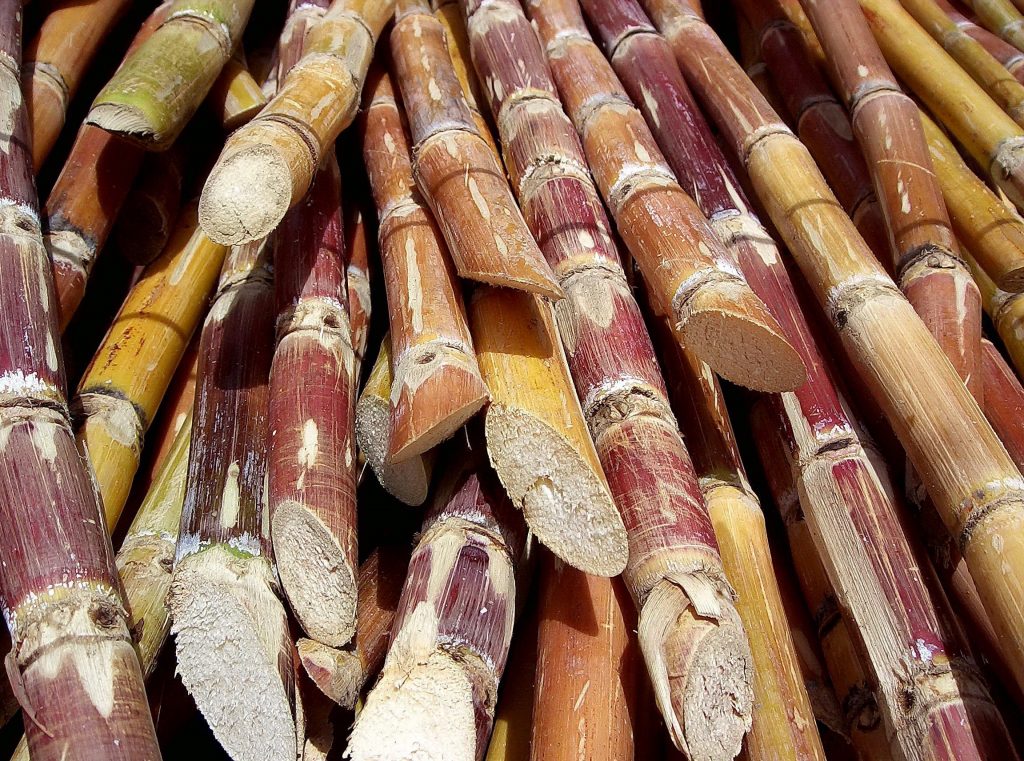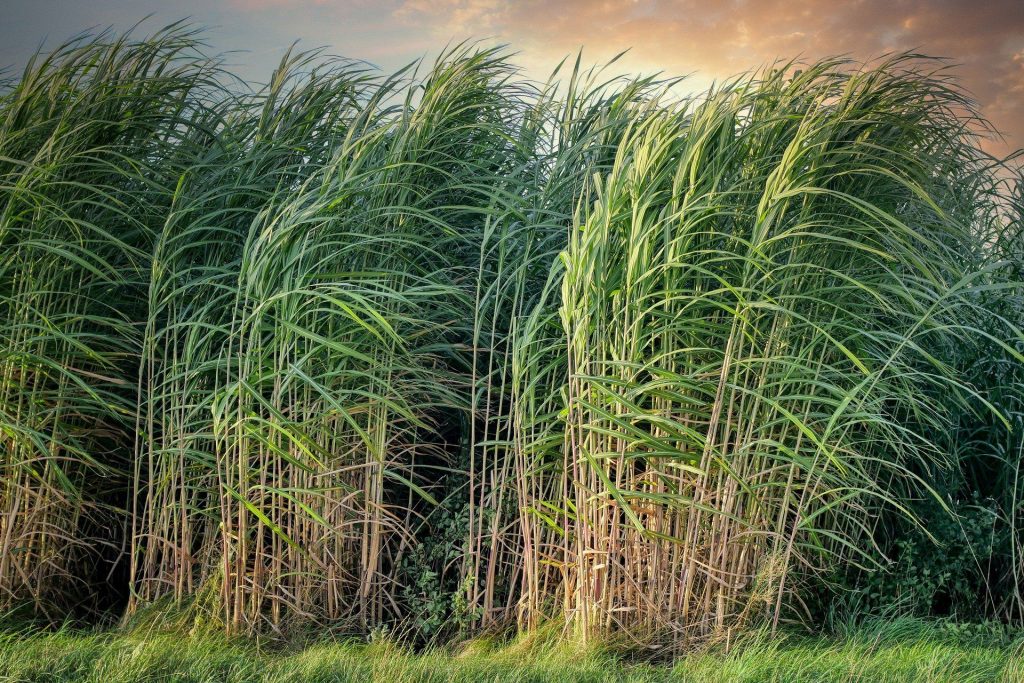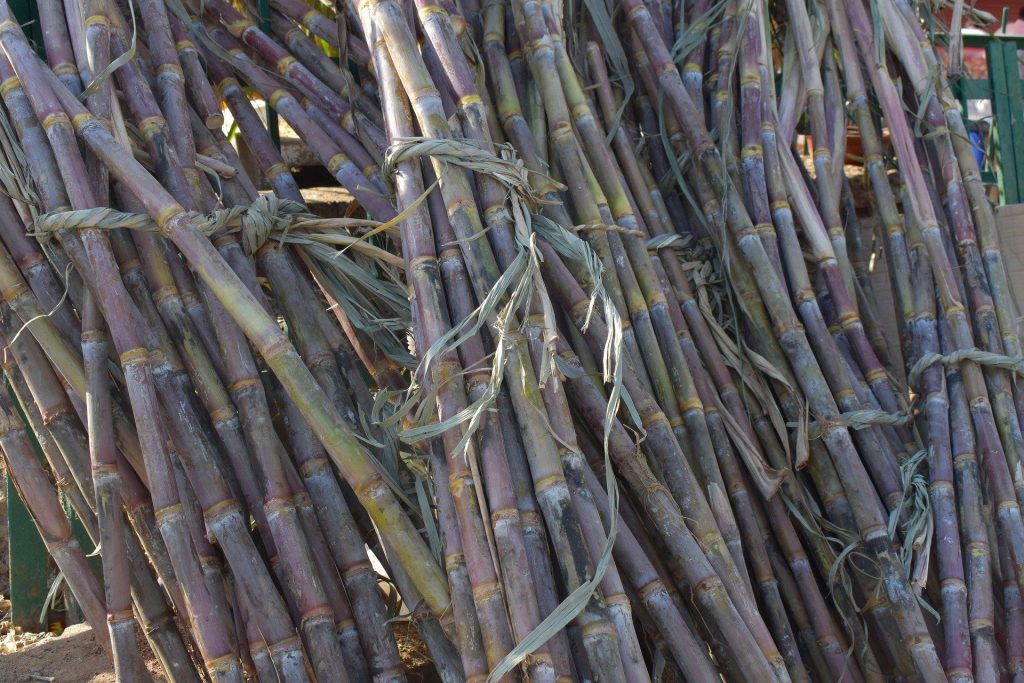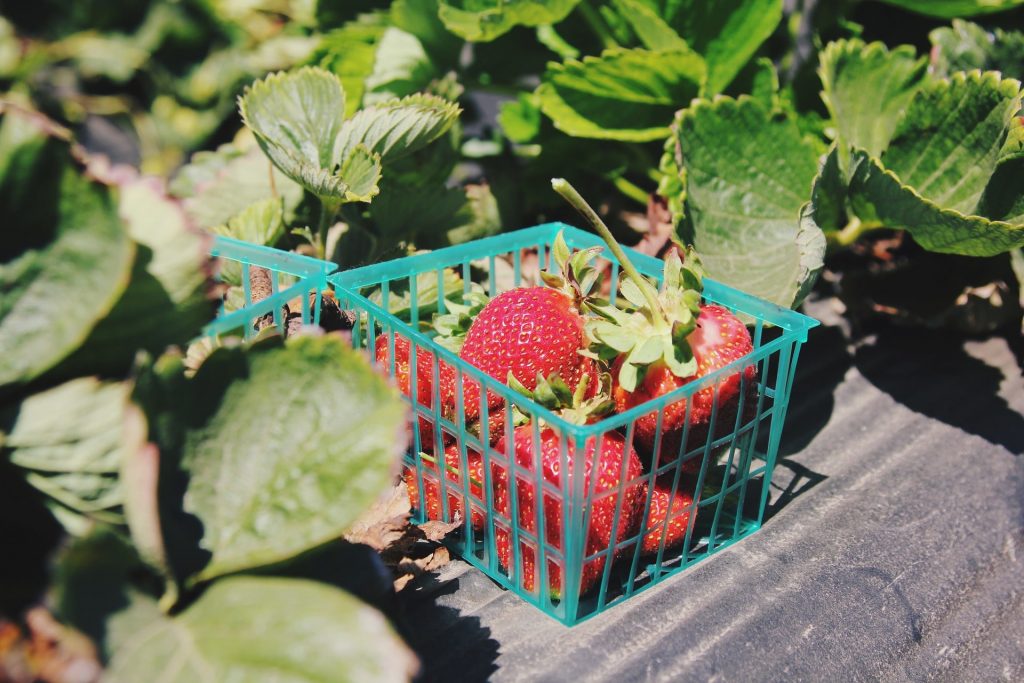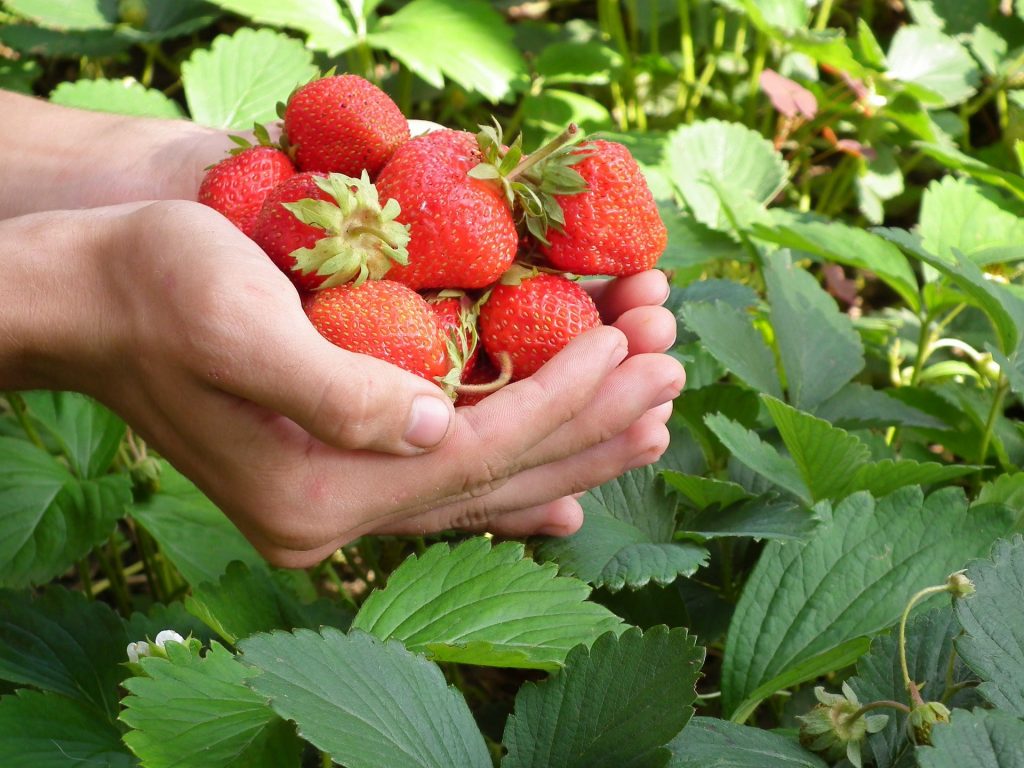Guava fruit is well known for its good flavor and aroma. Its scientific name is Psidium guajava. Guava is also called the ‘apple of the tropics’. Guava is rich in vitamin c and minerals. It is also rich in antioxidants. Guava has many health benefits. Guava is mainly cultivated in tropical and subtropical regions.
Guava Farming is a very profitable business. Guava helps in curing many diseases. Guava is also helpful in losing weight. In 2019 the production of guava all over the world was 55 million tonnes. Guava trees start fruiting after 3-4 years of plantation. Guava is mainly grown from seeds or by vegetative propagation. Guava trees are very productive and adaptable.
Guava Farming:
- Description of the guava plant:
Guava tree has smooth, thin, and brown bark that peels off and reveals a greenish layer below it. The maximum height that a guava tree can reach is 33ft or 10m with a trunk of 10 in (25cm).
The leaves of this tree are evergreen. These leaves are oval and long, having a short petiole. These leaves are leathery in texture and when guava leaves are crushed, they have a nice aroma. The white flowers grow independently in the leaf axils. These flowers have 4 to 5 petals.
- Description of guava fruit:
The skin color of the fruit ranges from light yellow to pale green or sometimes pink. When you peel off the skin of guava, a layer of sweet flavor full and tangy flesh is present. The color of flesh can be white, yellowish, light pink, dark pink, red.
When the fruit is immature, it is very hard and astringent. When guava ripens, some of its varieties have custard-like consistency however the others are crispy. Mainly the central pulp is of the same color even if the surrounding flesh is lighter or darker. It is very juicy and has hard yellow seeds in it.
- Different types of guava fruit:
Guava fruit has many different varieties. Some of these common varieties are given below:
- Ruby supreme: This variety of guava is oval. It has a medium to large size. It has a pungent smell. Its flesh is thick and sweet. Comparatively fewer seeds are present in this variety. Ruby supreme guavas are excellent to eat fresh. This variety has good productivity.
- Red Indian: red Indian guavas are round in shape and have medium to large size. This variety has a strong odor. It has a sweet flavor and its flesh is red. It also has good productivity.
- Beaumont: The fruit of this variety is large. Its color is either green or light yellow and has pink flesh. Beaumont guava fruit can weigh up to a pound.
- Red Malaysian: This variety has very unique foliage and flowers that are deep red. These flowers are also used for decoration. This variety is frequently grown for ornamental uses.
- Mexican cream: It is our next variety of guava fruit. These guavas have yellow skin and cream-colored flesh that is a bit spicy. It is mainly medium-sized.
- Safeda: In this variety, the skin of the fruit is very thin however the flesh is thick and white. Fewer seeds are present in this variety. This is a very famous variety and grown widely. However, branches of safeda are brittle and can break continuously.
- Bangkok apple: These fruits are large-sized and have thick flesh. It has fine color and taste.
- Lucknow: It is medium-sized fruit and round shaped. It has creamy white soft flesh with a sweet and pleasant flavor. It is a good quality fruit and has fewer seeds.
Propagation of the guava plant:
Propagation of guava depends on the variety of fruit, the fertility of the soil, and the available irrigation provisions.
At what distance the trees should be planted?
A distance of 5to 8 m should be maintained between the trees. Standing spacing between them should be 6 × 6 m where 112 trees could be planted in one acre. High-density planting can lead the branches to grow towards the sky. This results in long compact trees that give a high yield in the initial years.
Usually, seed propagation for guavas is not much preferred as the juvenile phase of seeds is very long. Seed propagation gives lower yields and poor quality of fruit.
However, if seeds have to be used for propagation, then these seeds should be sown immediately after it’s extraction from the ripened fruit. Soaking these seeds in water for 12 hours a day or soaking them in hydrochloric acid for 3 minutes gives 90% of germination. After one year the seeding is ready for budding.
Inarching is another way for the propagation of guava but this method gives a limited number of plants from the mother plant. Though budding is a very successful method of propagation it needs a large amount of labor. Another successful method is layering but again the condition is that a limited number of plants can be produced from a mother plant.
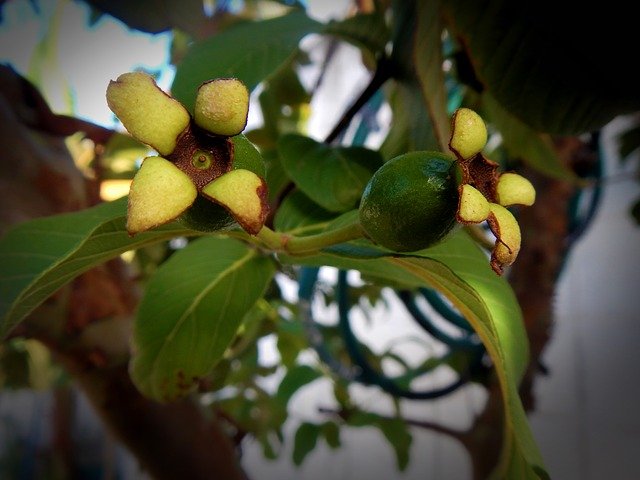
The easiest and pocket-friendly vegetative method for the propagation of guava is marcotting. In this method, the parts of the hardened shoots of a selected variety are dragged. After this step, a mixture of moist earth, compost, rooting hormones is gathered at the spot. If this method is successful, roots will appear in 3 weeks. Seedbeds are also a good method for vegetative propagation of guava
Must Read: How Long Does it take a Kiwi Plant to Produce Fruit
Fertilization of guava trees:
Different fertilizers are used in different regions. Fertilizers have to be provided regularly to produce high-quality flowers and fruit. Regular fertilization also helps the plant to grow faster. Nitrogen, phosphorus, potassium, and magnesium in the ratio of 6:6:6:2 are applied to the guava tree.
Pruning of guava plants:
Pruning of the plants is very important at younger stages as this helps to build a strong framework and avoid week crotches. Pruning if fruiting trees is important to prevent overcrowding. The plants are aimed as low headed trees as this makes the hand picking of fruits easy. Pruning is also helpful in increasing the size of the fruit and yield as well.
Pest and diseases:
Pest control is very important for good productivity and disease-free plants. Mainly fruit flies, stem borers, nematodes, thrips, mealy bugs, scale insects, and some more are the pests found in the guava field. These pests can be controlled by chemical spraying or using pesticides.
Some other cultural practices can also be adopted to avoid fruit from getting destroyed. For example, removing the infected fruit or plant part so that it doesn’t infect the whole plant.
Diseases:
Some of the diseases of Guava plants are fruit canker, will, fruit rot, anthracnose, grey leaf spot, or more. More details about the diseases are given below:
Guava wilt:
The symptoms of this disease are: in the early monsoon, light yellow foliage starts appearing and loss of turgidity and epinasty can also be noticed. Later on, plants can show unthriftiness along with this, premature shedding and defoliation can also be seen.
Some of the small branches can become bare and may stop producing new leaves and flowers and eventually dry up. Fruits on all these affected branches are left underdeveloped, hard, and Stony. And finally, the plant dies at the end. In this disease, the roots also get rotted from the basal region. The bark also gets weak and can be easily removed. Discoloration can also be noted.
How is it spread? This can be spread from the sick soil in Virgin areas. It can also be spread from water. Any root injury also promotes wilt diseases.
Fruit rot:
Symptoms of this disease can be mainly seen in the rainy season. White cotton-like growth can be noticed on the affected part that develops very fast. This pathogen can cover the entire surface within 3 to 4 days. When the humidity is very high, at that time the fruits that are near the soil get affected very easily. Below the white covering, the skin of the fruit becomes very slushy and its color becomes light brown to dark.
How does it spread? This disease is mainly spread through wind or rain. It is also spread through pathogens. It can be also spread from the infected plant material like soil etc.
Fruit canker:
The symptoms of fruit canker can be seen mainly on the green fruit and rarely on the leaves. At first, brown-colored or rust like unbroken circular and harmful patches can be seen on the fruit that leads to infection. The crater-like thing can also be noticed. In some severe cases, a large number of cankerous stops can also be seen. The infected fruit doesn’t develop completely and is very hard. Sometimes tiny rusty spots can also be noticed on the leaves.
How do fruit cankers spread? This disease is mainly spread through Pathogens. Anyone infected or injured by fruit or plant part can also be responsible for this.
Also Read: How to Nurture the Dragon Fruit –An Exotic Tropical Fruit
Alga leaf and fruit spot:
In this, the algae infect the Immature fruit and in this small brown velvety lesions can be seen on the leaves or leaf tip. The spots on the leaves may vary in size, there may be small tiny spots or big patches. The color of the fruit can change to dark green, black, or brown. In this, the size of fruit enlarges
How does this disease spread? This disease is an air-borne disease and hence air and rain can be the carrier of the disease. Pathogens are another carrier of this disease.
Stylar end rot:
The main symptom of this disease is a change in the color of the region lying just below and adjoining the persistent calyx. Such areas gradually increase in size and turn dark brown.
Afterward, the affected part becomes slushy. Despite these all symptoms of the discoloration of the pericarp, the mesocarp tissue also shows the change in color, and the diseased area is marked by being pulpy and light brown in color in contrast to the bright white.
How does the disease spread? Again pathogens are responsible for this disease and these are spread through the wind.
Irrigation if guavas:
Usually, no irrigation is needed during the monsoon months unless and until there are long spells of drought. In the initial year when the plants are very young with a shallow root system, they should be irrigated even at 2 to 3 days interval in the dry season. Trees in the age group of 2-5 years should be irrigated at intervals of 4 to 5 days.
How to harvest guavas?
Fruiting starts after about 2 to 3 years of plantation. However, the yield of the fruit depends on the age of the trees, or how the trees are planted ( pattern ), and other cultural practices. The proper yield can be seen after 10 years. After 10 years 100 to 150 kg of yield can be seen every year. Guavas can be harvested at any time in the year. However if one wants the best taste, flavor, and aroma it can be obtained when the fruits are ripened.
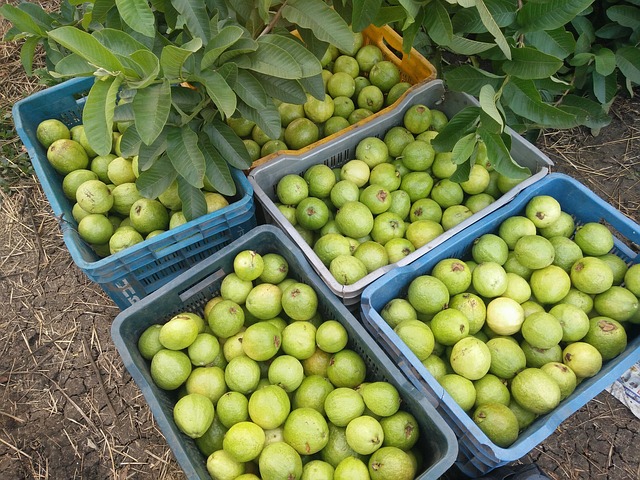
When these guavas are grown at a commercial level, the ripening can be noticed when the fruit starts turning yellow. If the fruits are to be transported to some faraway place, then they should be harvested when they are light yellow and yellow can be harvested for locals.
Conclusion:
Guava farming is a profitable business but it needs a lot of hard work and time.
With harvesting possible at any time of year, it can bring profits to you for a lifetime. All you need to do is beware of the necessities of guava plants and then you can get fruits whenever you wish.
Reference:
http://nhb.gov.in/pdf/fruits/guava/gua005.pdf
https://www.apnikheti.com/en/pn/agriculture/horticulture/fruit/guava




